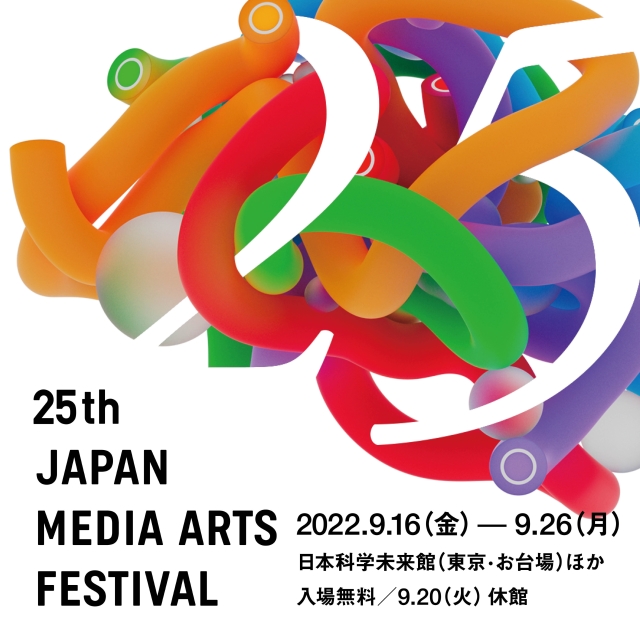For over a year I have been working on the exhibition project Membranes Out Of Order together with Margherita Pevere and Karolina Żyniewicz, which culminated in an exhibtion at Kunstquartier Bethanien, Projektraum from December 2022-January 2023.
Membranes Out Of Order responded to the current ethical and cultural challenges posed by the interplay of biotechnology and ecology. It focused on the thought-provoking practices of Margherita Pevere (IT/DE), Karolina Żyniewicz (PL/DE) and, naturally, mine. We developed an innovative exhibition concept based on the artworks and research materials that were presented for the first time for a wider audience next to a framwork programme with talks and guided tours.
The works inside Membranes Out of Order present strong positions on life and its socio-political, biological and cognitive dimensions by (mis-)using biotechnologies hence framed under the umbrella-term of “bioart”. Bioart has a strong connection to media art, on the one hand, as this has always been a research-based practice closely following new technological developments, which also included the life sciences. Moreover, bioart retains a strong link to performance art and body-art. When combining biology and technology in a creative and/or critical way, bioart offers us “new models and metaphors of being” (Ascott 1997). The idea of the exhibition Membranes Out of Order is to show the connection between three influential actors of the Berliner growing bioart scene.
Membranes
The project’s working title refers to “membranes” both as a material as well as a metaphor. In their practice, the artists have confronted themself with biological membranes, which are the porous thin layer that makes up the boundary of a cell but also allows exchange between the inside and the outside. Conceptually, this idea is key for their work as they see cells, bodies and all members of the world as relational entities in constant exchange. At the same time, the hands-on experimental approach of the three artists reminds how embracing biological processes for art means embracing the “out of order”: uncertainty, failure, surprise and disobedience of the living, which finally is what it means to be alive.
Membranes Out of Order presents selected materials from the artists’ production, most of which exhibited for the first time. The selection will focus on the usually unseen materials of bioart works. Photographs, drawings, journals, objects are, in most cases, not included in exhibitions of the realized works, yet they give important insights into the artistic production and present the audience with the thought-provoking aesthetic and ethical instances of bioart.
The 4-weeks exhibition at Kunstquartier Bethanien was also accompanied by a program of talks and curatorial guided tours, thus involving a broad and diverse public. A distinctive feature of the project is a special focus on accessibility for visually impaired people, an aspect otherwise underexplored with regard to bioart practice especially in independent art contexts.
During the exhibition, we held several guided tours and panel discussions, which are all documented under the following link.
Further, there will be a catalog publication, that will be presented on February 25 at the Pablo Neruda library in Berlin (Bezirksbibliothek Friedrichshain).





















.gif)





















































































































































































